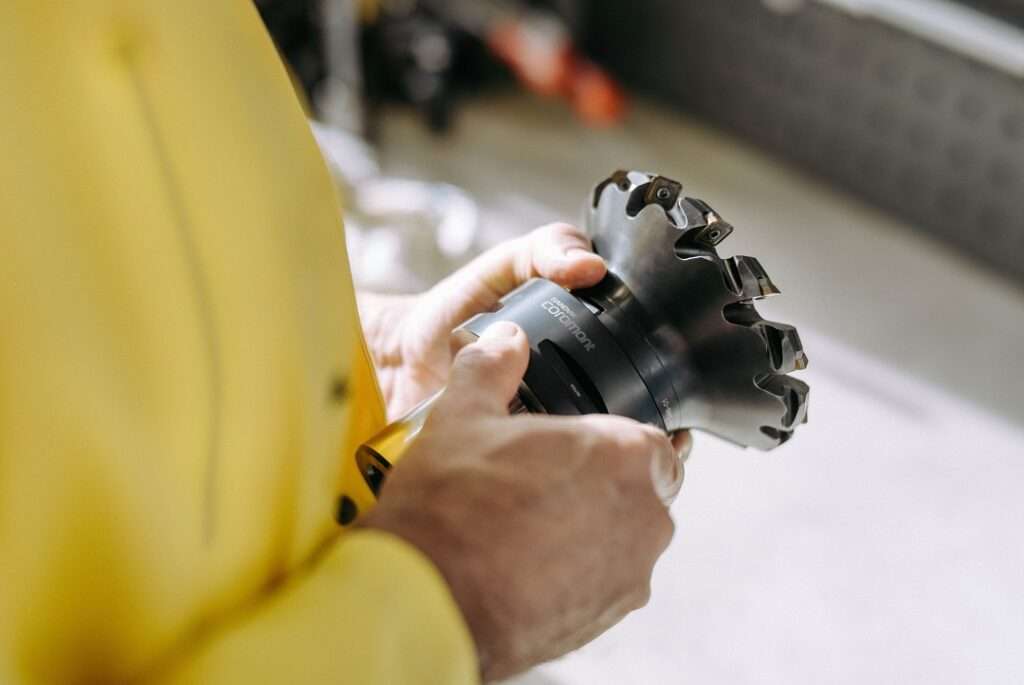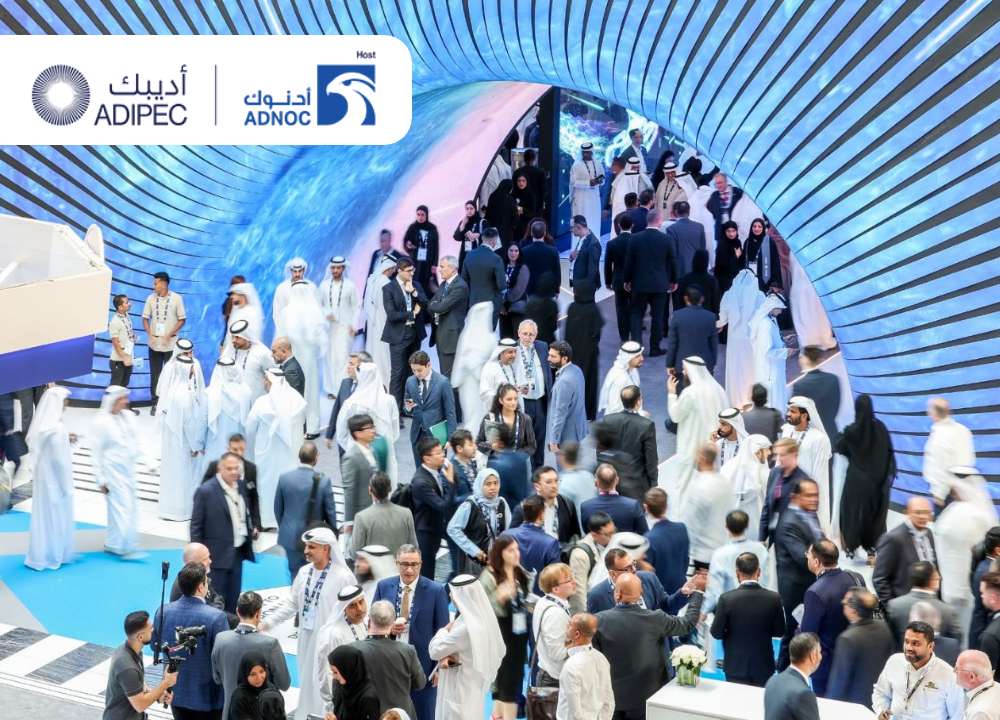BMW Group has recently conducted a successful trial of humanoid robots in their production line at the Spartanburg plant. Over several weeks, the latest humanoid robot, Figure 02, developed by California-based company Figure, was tested in inserting sheet metal parts into specific fixtures for chassis assembly. This task requires a high level of dexterity, making it a significant milestone in robotics for automotive manufacturing.
The introduction of humanoid robots aims to relieve workers from ergonomically challenging and repetitive tasks. BMW Group, in collaboration with Figure, is evaluating the safe integration of these robots into their production processes. Milan Nedeljković, Member of the Board of Management for Production at BMW AG, emphasized the importance of this early testing phase, stating that it allows BMW to explore potential applications for humanoid robots in their future production systems.
As part of their BMW iFACTORY initiative, which focuses on efficiency, digitalization, and sustainability, BMW Group continues to seek out innovative technologies. The trial provided valuable insights into the requirements for incorporating multi-purpose robots into existing production systems, including how these robots communicate within the system under real-world conditions.
Figure 02, described by its creators as the most advanced humanoid robot available, features significant technical improvements, including enhanced processing power, voice communication, and advanced dexterity. It is designed to perform complex tasks autonomously, with a focus on improving workplace ergonomics and safety.
The robot’s ability to execute human-like, two-handed tasks with precision makes it ideal for demanding or repetitive processes. While there is no specific timeline for when Figure robots will be fully integrated into BMW’s production lines, the collaboration between BMW Group and Figure will continue, with ongoing efforts to capture data and refine the capabilities of the Figure 02 robots for future applications.







